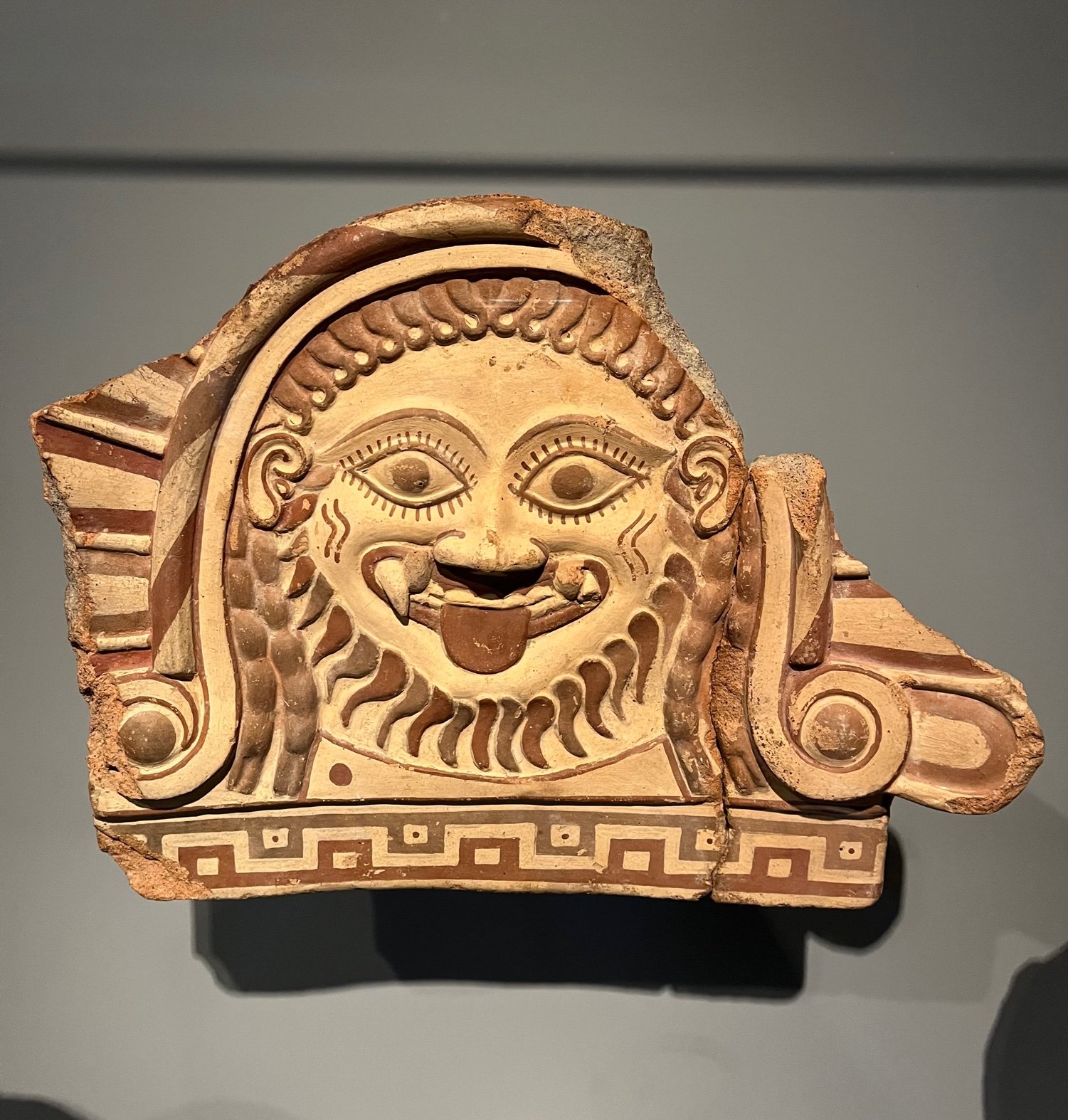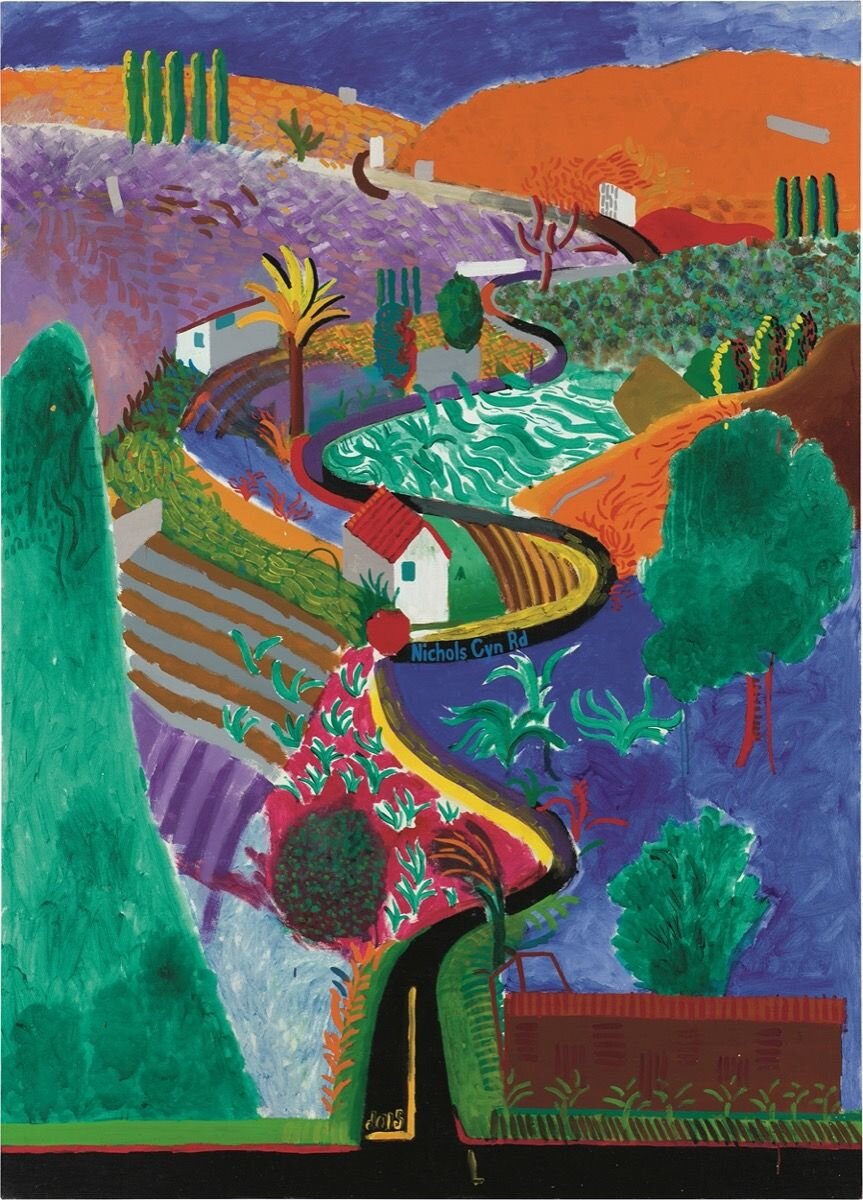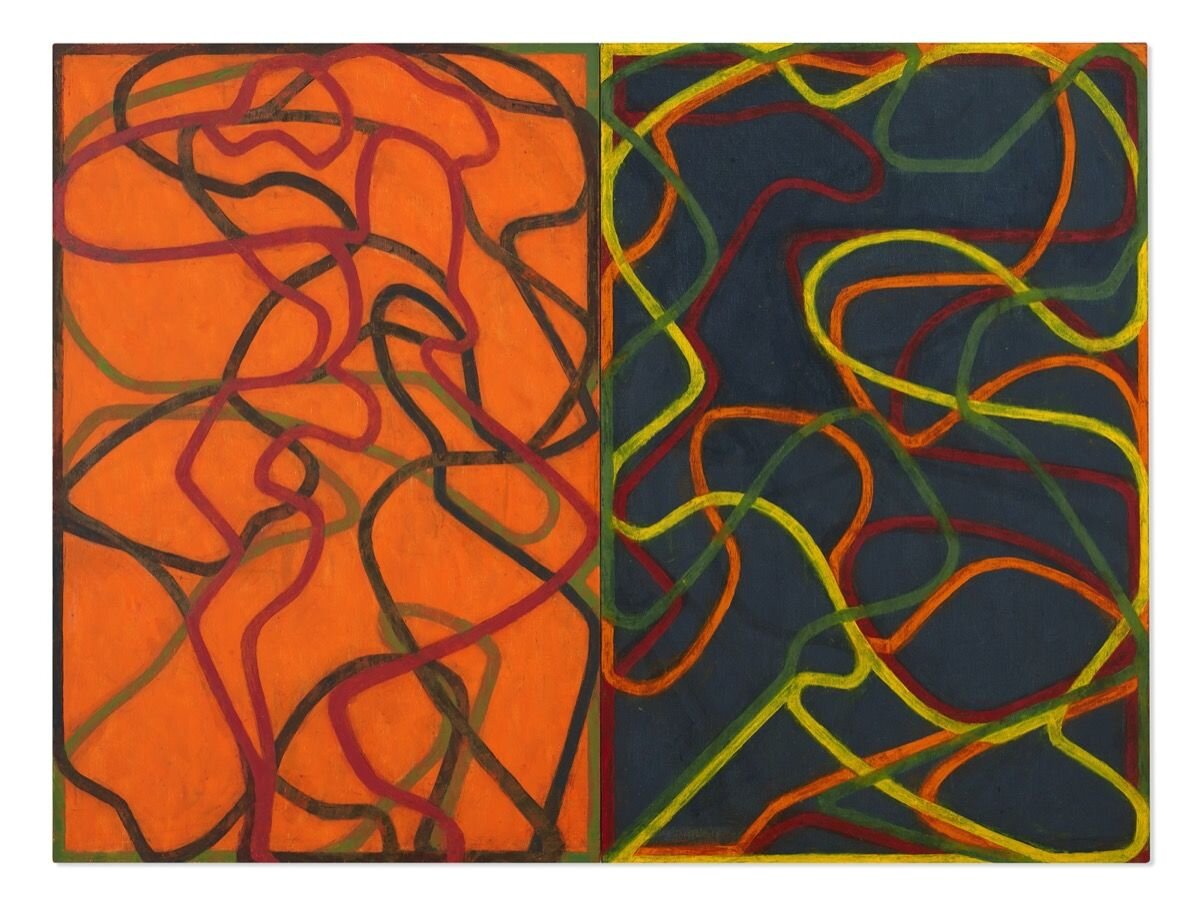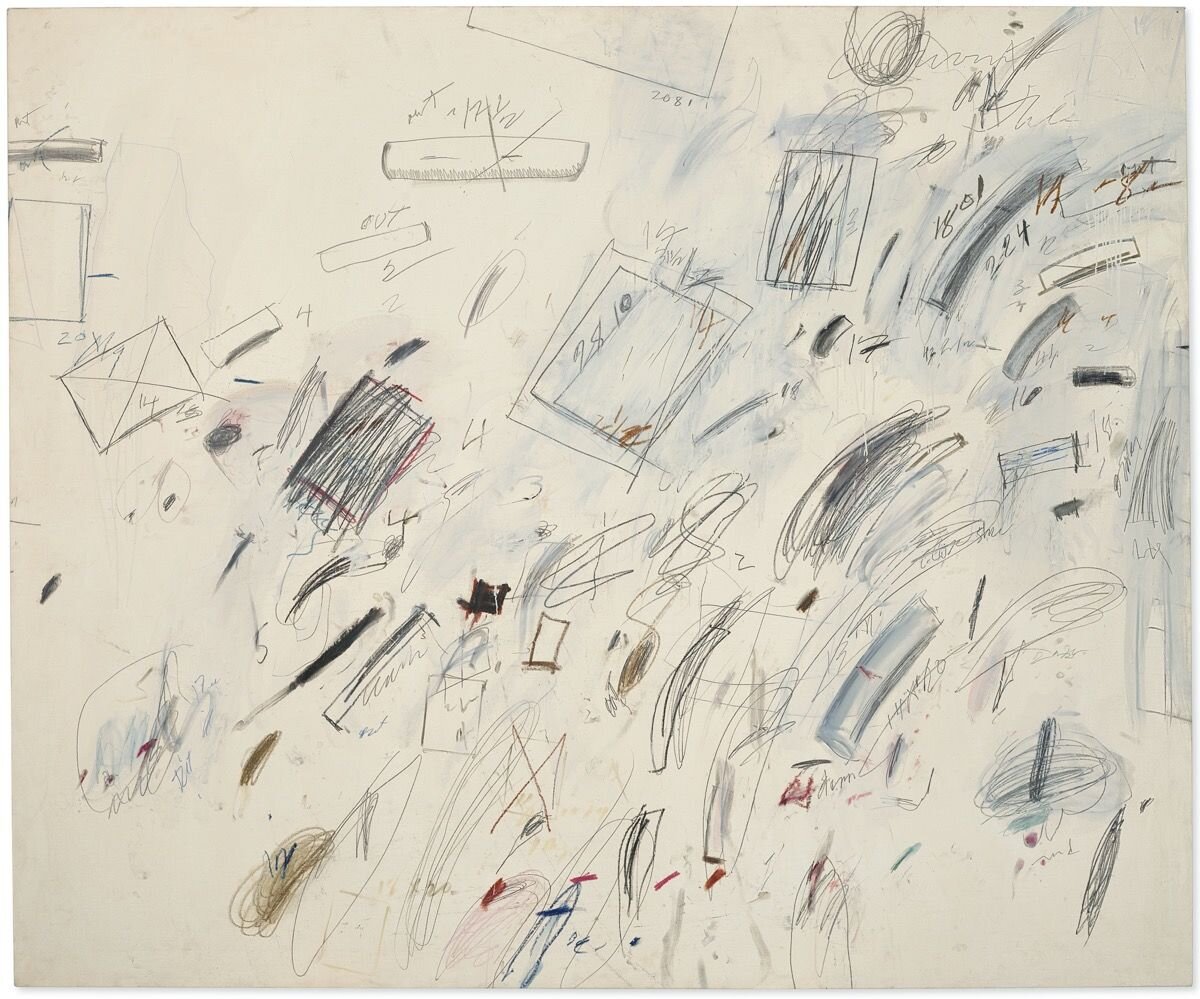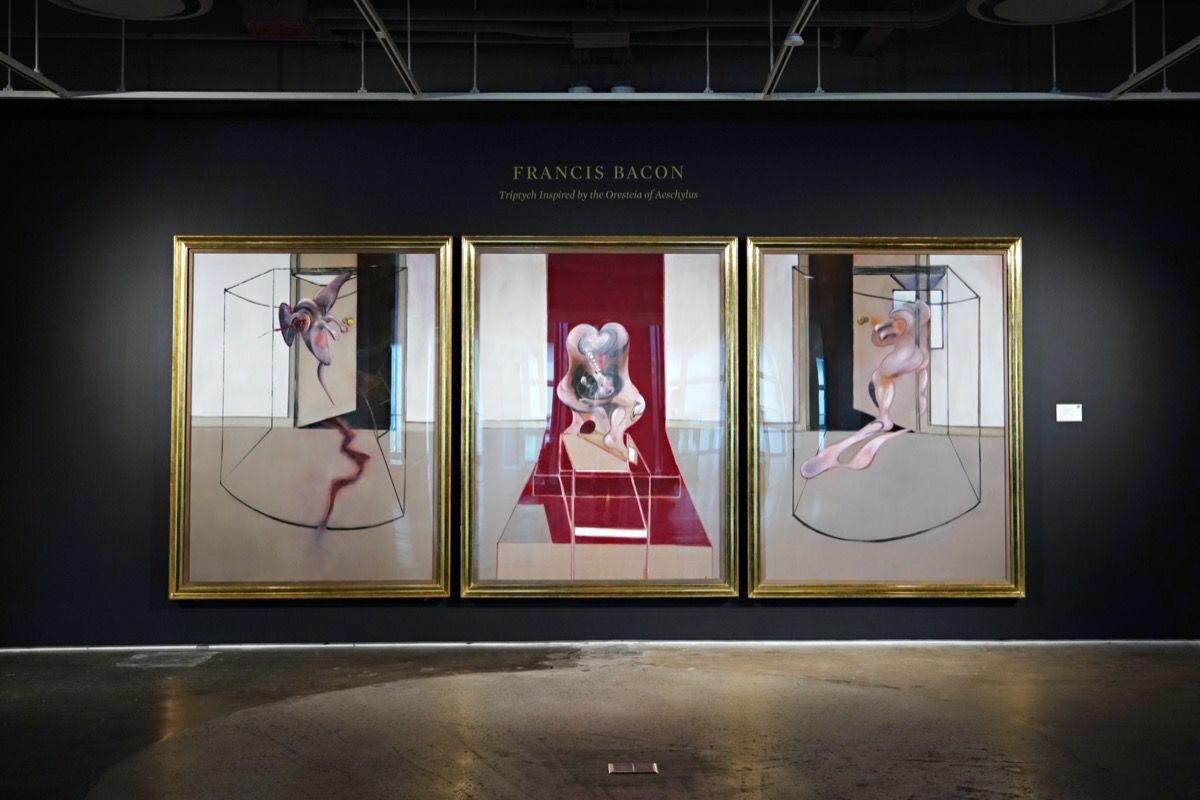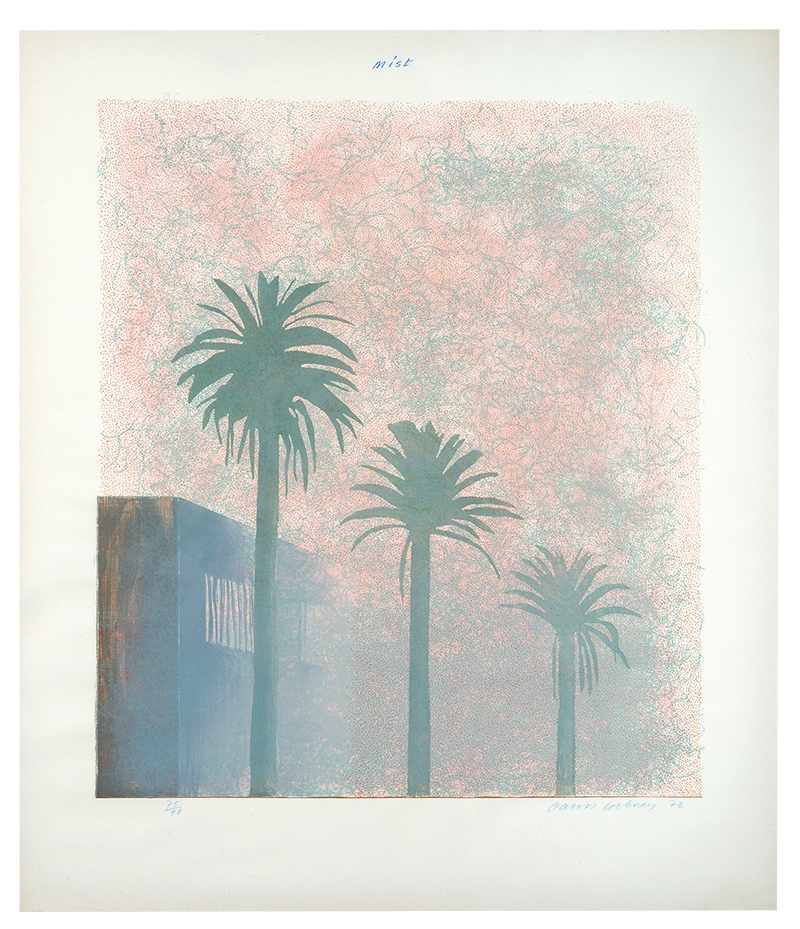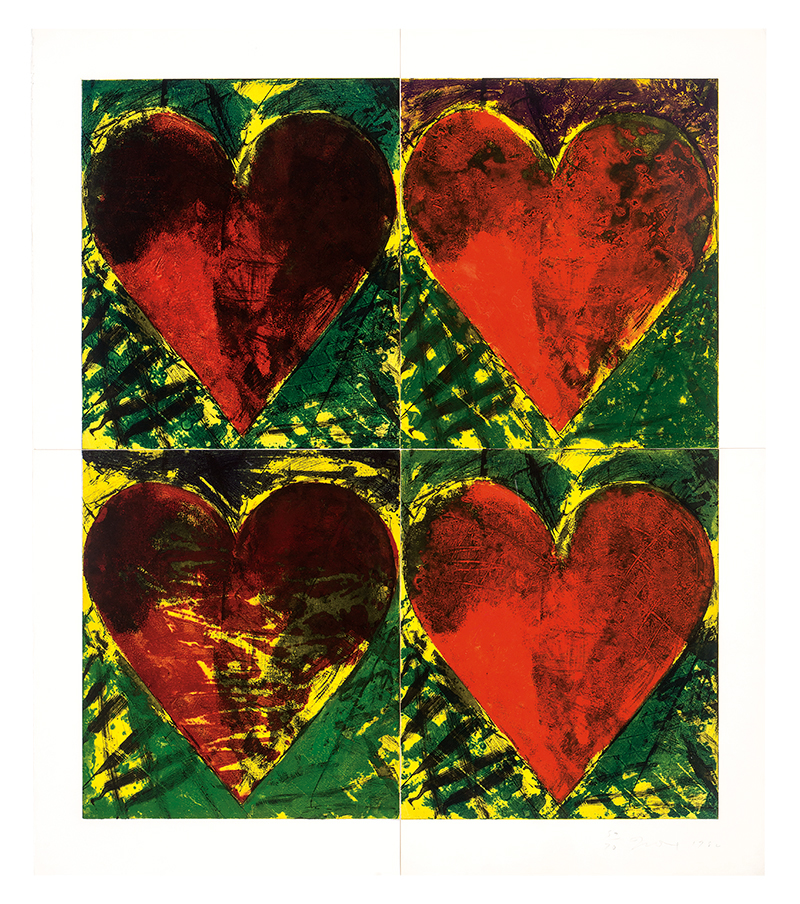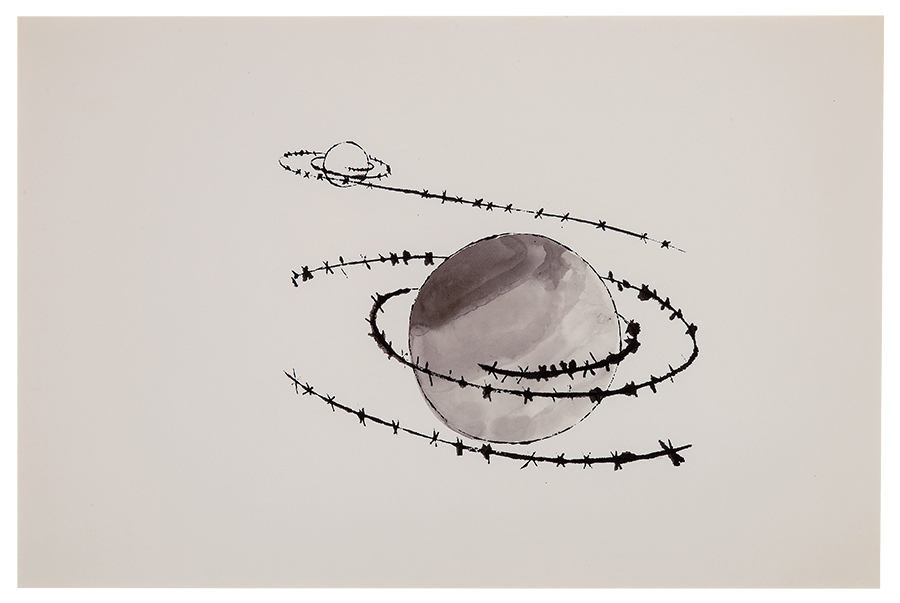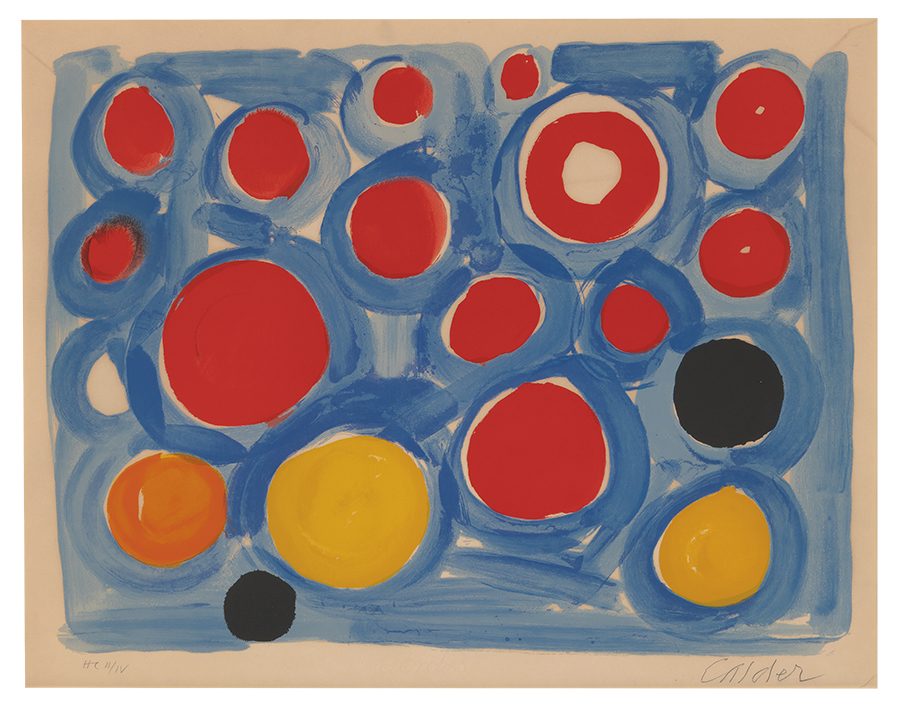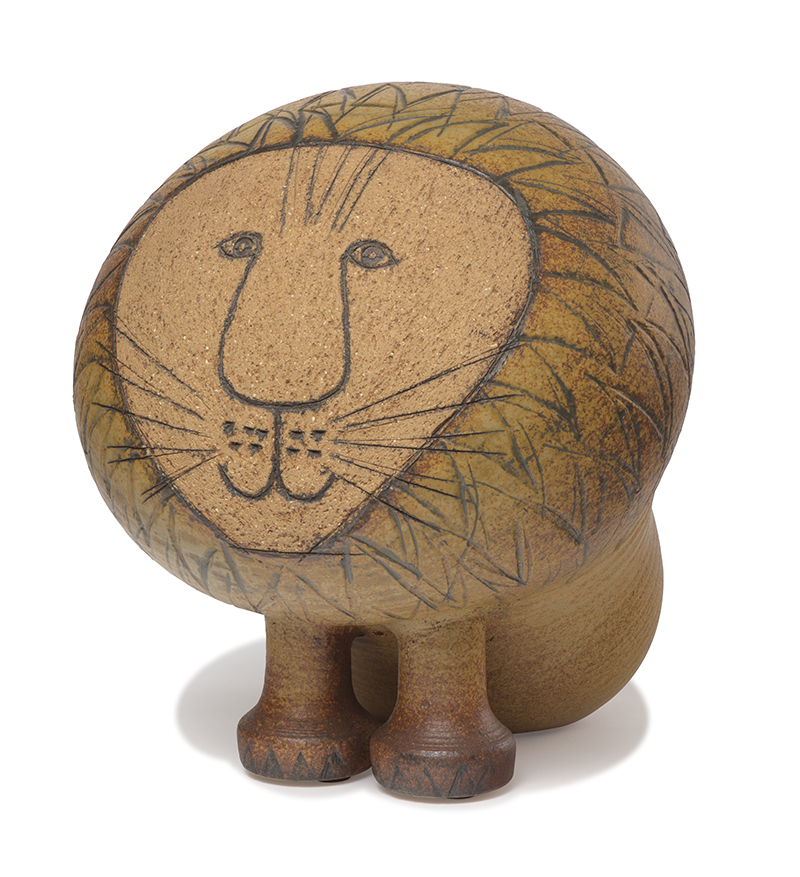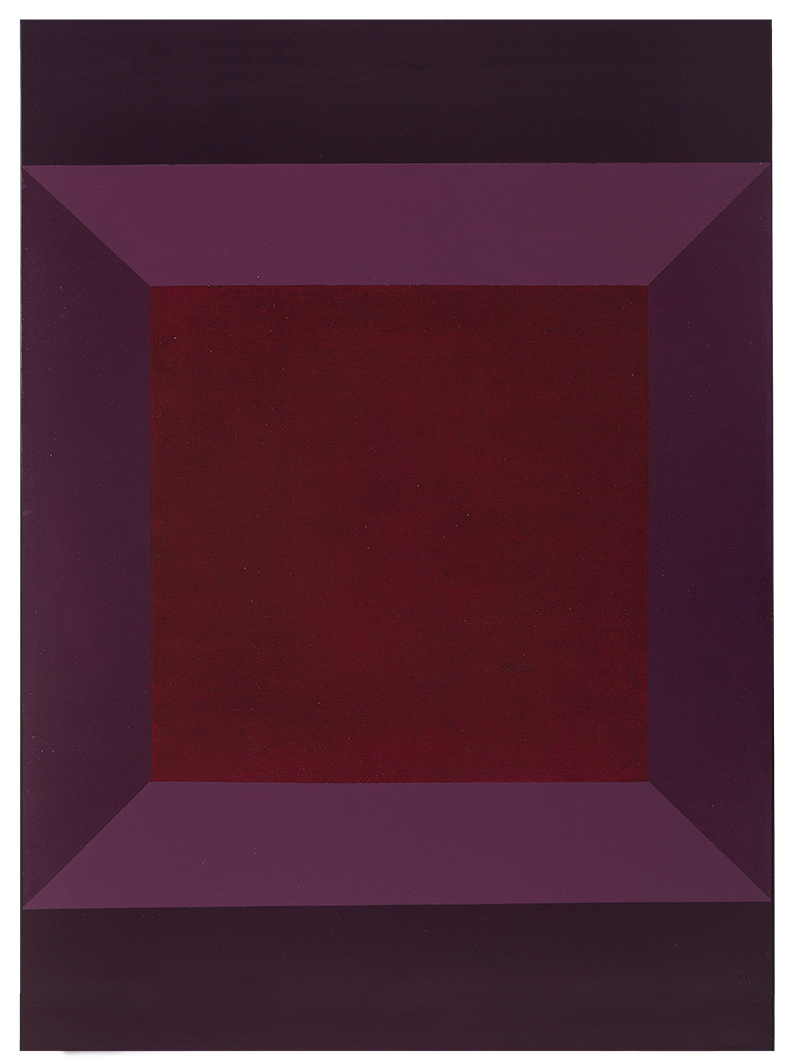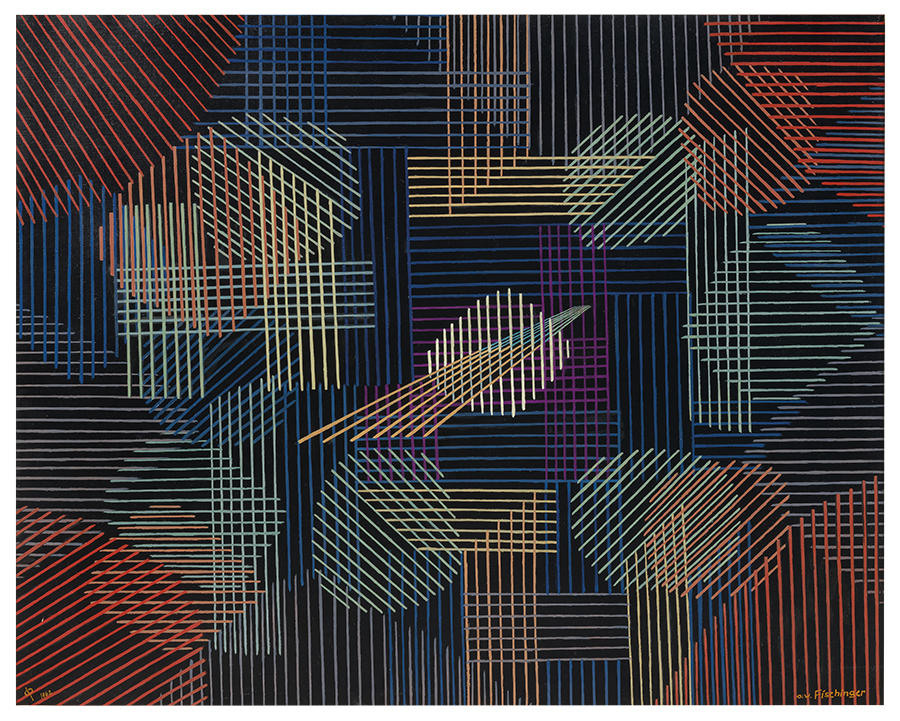I worked at an estate auction house in my early 20s, and a big part of my job in the art department was sorting the wheat from the chaff – finding the gems hidden among piles of faded museum posters, paintings on black velvet, and clown art. So much clown art. The amount of clown art literally gave me nightmares. Clowns have always seemed creepy to me, but mainly I just find it truly disturbing that so many people evidently choose to live with pictures of them. Who are these people?
This is where I would normally post an example of clown art, but I respectfully decline to feature clowns on my own website.
I digress. Once a week, people could bring in a few pieces of art to the auction house’s “appraisal clinic” and have them evaluated for free. The results of the clinics really ran the gamut – every so often, we’d come across something exciting and valuable, but most often we were seeing pretty run-of-the mill, decorative stuff. At one clinic I found myself (unsuccessfully) trying to persuade a family that their sunflower painting could not have been painted by Vincent Van Gogh while he was in Iowa during his tour of the American Midwest because Van Gogh never traveled to the United States.
Also not by Vincent Van Gogh. (Wayfair)
One day, after a long and particularly fruitless appraisal clinic, a friend at the auction house who ran the Asian art department gave me a great piece of advice: every so often, you have to cleanse your visual palate. If you spend too much time with purely decorative, low-quality or even fake art, you might start to forget what the good stuff really looks like. It’s time to get thee to an art museum.
It had been too long since I’d taken the time to visit a museum, so this past weekend my husband and I went to the Getty Villa in Malibu. I’ve only come across ancient Greek artifacts once or twice during my years as an appraiser, but my main goals were to enjoy myself and to cleanse my palate by looking at some truly special artworks.
The Getty Villa in Malibu, California (via Time Out)
I was struck by how much personality was on display in the various sculptures, vessels and pieces of jewelry. This skyphos (drinking vessel) from about 450 B.C. shows a woman leaving her storeroom while drinking wine. As the placard said, “In the male-centered society of fifth-century B.C. Athens . . . a woman getting drunk at home alone defied standards of proper behavior.” Maybe she’d had a really long day? Ancient Greeks – they’re just like us!
Photo from the Getty Villa
This wine mixing vessel was used at drinking parties and has four warships painted on the interior of the rim. When the vessel was full of wine, the ships looked as though they were at sea - the imagery also alluded to the fact that if partygoers drank too much they might get “wrecked.”
I loved this sculpture of a comedic actor from about 400 B.C. He’s made of terracotta, but his grinning face looks as elastic as Robin Williams’s.
This figure of a woman was carved in Anatolia (present-day Turkey) in approximately 4500 B.C., which is kind of mind-boggling – if they’d said it was a contemporary sculpture, I could have believed it.
Enjoy this slideshow of some of my other favorites and cleanse your own palate – it’s good for the mind as well as the spirit.



